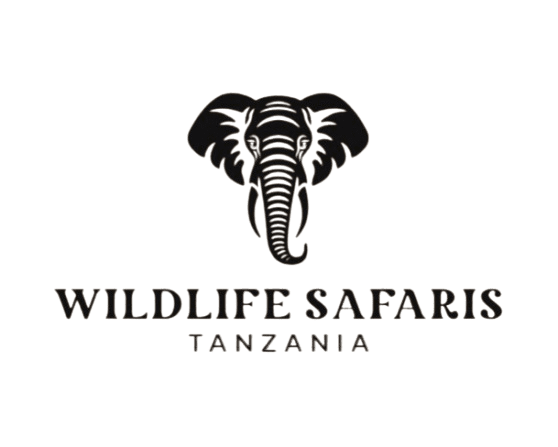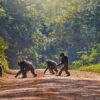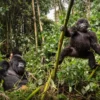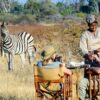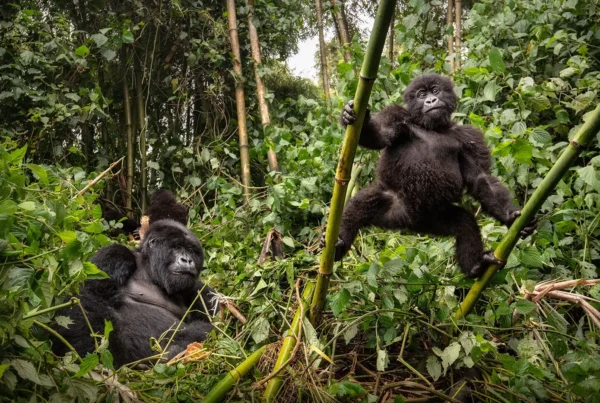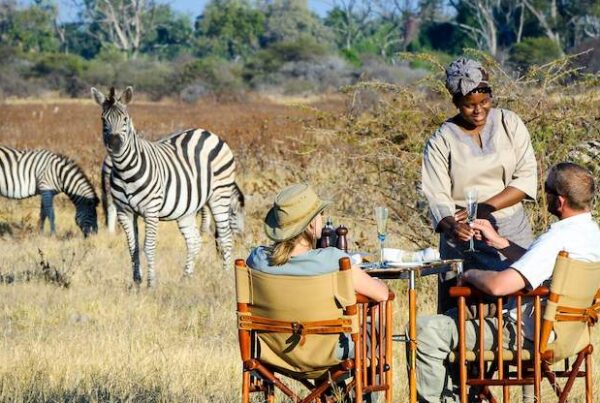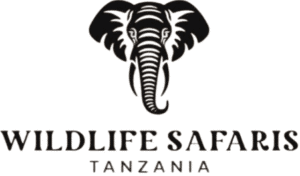The Tanzanian Serengeti Can’t Hold a Candle to These Two Empty Parks.
For many ecotourists, the highlights of Tanzania are the Serengeti and Ngorongoro Crater. There is a solid rationale behind why certain locations are so beloved. More over two million ungulates take part in the Great Migration in the former, making it the biggest mammalian migration on the planet. The second is truly awe-inspiring; it is the biggest intact caldera on Earth. Not only that, but these two locations are home to the Big Five, the most coveted creatures on any safari. As a result, seeing them should be a goal for all people.
Nevertheless, during the dry season (June to October), the most number of people go to these wildlife parks. Therefore, you should feel at ease telling other tourists about your sightings. If you want to escape the crowds, though, you should go to one of Tanzania’s lesser-known parks in the country’s more rural southern and western regions. Two Tanzanian parks that are relatively uncrowded are the focus of this piece. Let’s jump right in.
Peaceful Nyerere Country Park
Much of the enormous wildness within the Nyerere (formerly Selous Game Reserve), Africa’s biggest park, is unspoiled and undiscovered. Scenic savannah grasslands, riverine forests, acacia woods, wetlands, and rivers are just a few of the many ecosystems found within its 30,393 square kilometers.
Nyerere National Park: what sights are there to see?
Remarkable interactions with animals
We already said that Nyerere provides one-of-a-kind vistas of the countryside and animals. Sable antelope, blue wildebeest, and Lichtenstein’s hartebeest are among the uncommon animal species that can be spotted. Be on the lookout for cheetahs, leopards, spotted hyenas, and lions in the flawless wilderness.
Five Powerful Individuals
There are all five of the Big Five here as well. Large prides of lions basking on a rock or lazing in the savannah plains are a common sight on most wildlife drives. The gorgeous Rufiji River is a common spot to watch the gray giants as they leisurely move or dig water holes. Gentle yet deadly, buffalo prowl the acacia-dotted grasslands in search of tall grass, their favorite food.
Although they are extremely rare, black rhinos do exist. But with the help of our knowledgeable field guides, you have a higher chance of seeing these endangered species, who were saved from extinction in the 1990s by conservationists.
Capture chances.
If you’re looking for a picture-perfect backdrop, Nyerere is the place for you. This is a once in a lifetime chance for wildlife photographers to capture nature at its most pristine. Also, other safari vehicles won’t be in your way, so you can get the greatest photos. There are 30,393 square kilometers of rainforest all around you.
Cruising on a boat.
Envision yourself lying in the midst of a vast river, gliding past natural scenery, hippos, and crocodiles. The southern and western parks, including Nyerere, are known for their boat trips.
Ruaha Environment Reserve
Together with the Nyerere to the southeast, Ruaha forms a wildlife-rich habitat that is slowly adjusting to the influx of visitors. Located in southern Tanzania, Ruaha is the country’s second-largest park, spanning an area of approximately 20,226 square kilometers.
What is Ruaha National Park known for?
Extremely high density of animals.
Wildlife encounters fewer safari vehicles due to Ruaha’s lack of knowledge. You have arrived at the right place if seeing the African giants is on your bucket list. Among the tight woods and along the Great Ruaha River, you could come across a herd of 300 in Ruaha. An enormous baobab tree adds to the scene’s mesmerizing backdrop.
In terms of lion sightings, 10% of Africa’s lions are in Ruaha. These top predators often congregate in groups of 20 or more, but in Ruaha, they may form enormous prides of forty or more. You may see a pride of lions on every wildlife drive in Ruaha.
Here, you may see African wild dogs on a regular basis, while in northern parks they are a rare treat. They congregate in groups known as packs and are social predators. The most effective predators are the wild dog packs because of how well they work together when hunting.
Their success rate when hunting is close to 98%.
Sea adventures.
Boat safaris are available at several parks. Ruaha gives visitors the opportunity to float leisurely along the Ruaha River while seeing huge groups of sun-loving crocodiles and hippos. As a bonus treat, you may take a sunset sail down this river that is home to crocodiles as part of your game drive.
Historic places.
People from long ago lived in these areas, and they left behind artifacts and other evidence of their civilization. The Mkwawa Museum provides an excellent opportunity to learn about the Hehe people and their history. These communities fought against German colonization efforts in the past. Chief Mkwawa, a symbolic figure, spearheaded the conflicts.
The fact that our ancient forebears left implements dating back to the stone era at the Ruins of Isimila further supports this theory. You may also go on adventures via the same caravan routes that the ancient Arabs did when delivering goods.
That is all.
In well-known places like the Serengeti, we take it as a given. But you shouldn’t let it deter you from visiting Tanzania. The Serengeti and Ngorongoro Crater need not be on your wildlife trip wish list. Without sacrificing animals or the environment, our experienced guides will provide you an unforgettable experience that will be sure to be on your bucket list. Is an adventure in store for you? Come on, let’s start arranging an extraordinary event.
